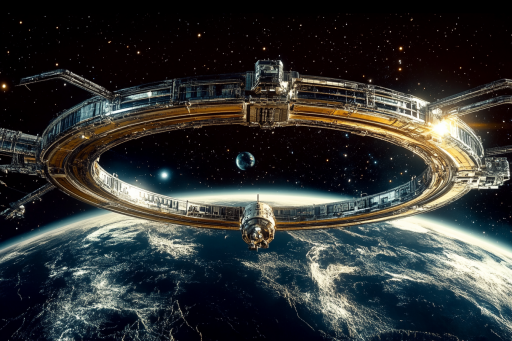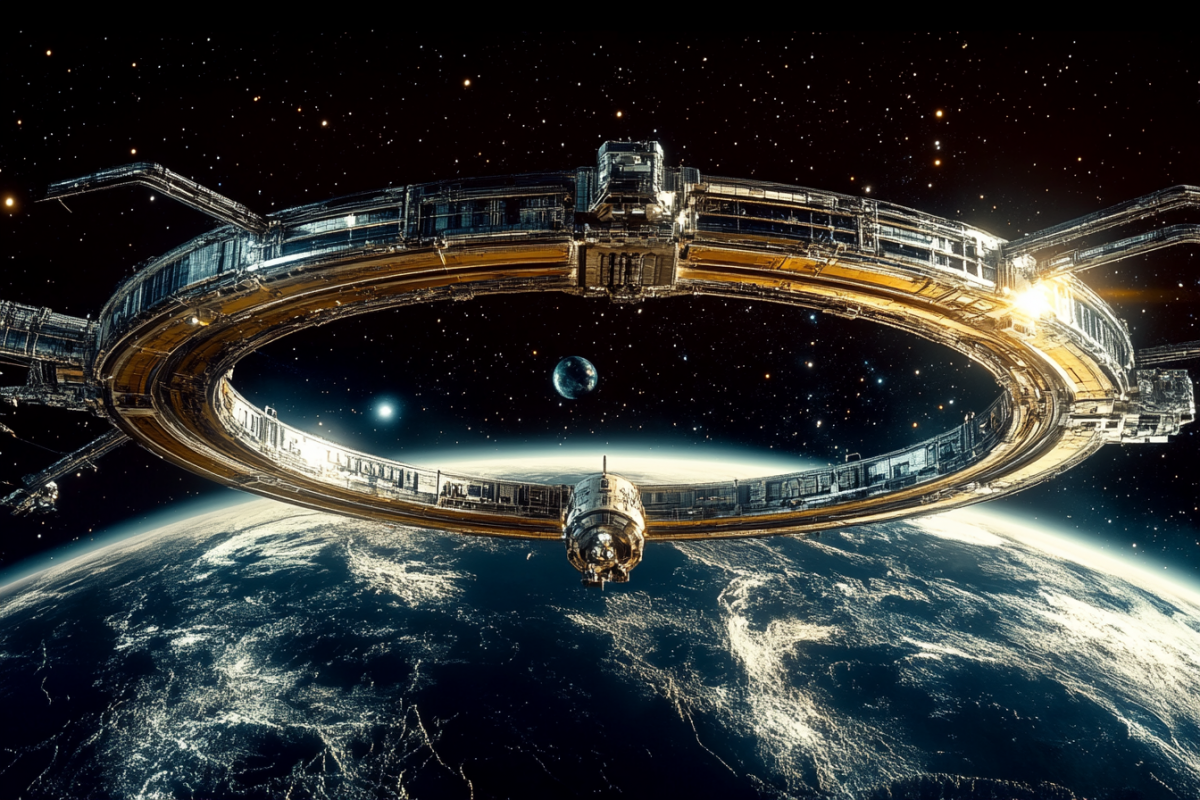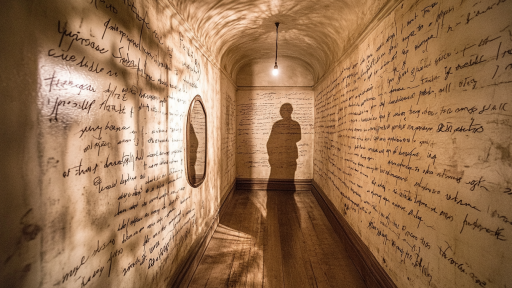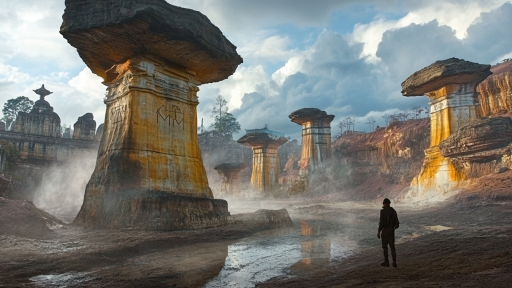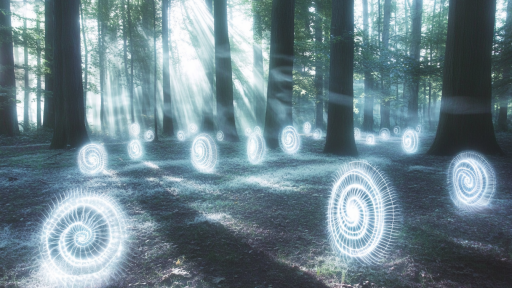
The cosmos is a vast and mysterious place, filled with wonders that continue to defy our understanding. Among the stars and galaxies lie colossal formations so strange, they leave even the most seasoned astronomers questioning the very nature of the universe. These structures challenge our grasp of physics, time, and space itself. Are they cosmic coincidences—or signs that we’ve only scratched the surface of a much deeper mystery?
The Great Attractor

Somewhere in the direction of the Centaurus constellation lies a gravitational anomaly so powerful, it’s pulling entire galaxies toward it. Known as the Great Attractor, this invisible force warps the motion of our galactic neighborhood—but its true nature remains hidden behind the dense Milky Way. Despite its enormous influence, astronomers can’t fully see or explain it, leading to speculation about what might be lurking in the cosmic shadows.
The Bootes Void

The Bootes Void is a colossal empty space in the universe—an enormous region spanning hundreds of millions of light-years with almost no galaxies in sight. It’s been called the “Great Nothing,” and its existence puzzles scientists who can’t fully explain why such a massive gap exists in an otherwise bustling universe. Some have even suggested it could be the result of unknown forces—or something artificial.
The Hercules–Corona Borealis Great Wall

Stretching across an almost unimaginable portion of the sky, this structure is one of the largest known in the observable universe. It’s a galactic supercluster so vast that it seemingly violates the cosmological principle—the idea that the universe should look the same in every direction. Its very presence challenges the boundaries of current scientific models and hints at forces we don’t yet comprehend.
The Dark Flow

A bizarre movement of galaxy clusters drifting toward a specific point in space, the Dark Flow has no known cause. Unlike typical motion caused by gravitational attraction, this mysterious drift appears to originate from outside the observable universe. Could it be the gravitational tug of another universe—or something even stranger beyond the cosmic horizon?
The Cosmic Cold Spot

Spotted in the cosmic microwave background—the afterglow of the Big Bang—this region of space is significantly colder than surrounding areas. Theories range from a massive void along our line of sight to evidence of a parallel universe brushing up against our own. Despite decades of study, no definitive explanation exists, and the cold spot remains one of the most chilling mysteries in cosmology.
The Phoenix Cluster

This galaxy cluster emits vast amounts of X-rays and hosts one of the most powerful cooling flows in the known universe. What makes it truly strange is the presence of an enormous, rapidly forming central galaxy, defying expectations of how such clusters evolve. Its seemingly impossible features challenge long-held beliefs about star formation and galactic behavior on a cosmic scale.
The Laniakea Supercluster

Our own Milky Way belongs to a massive cosmic structure called the Laniakea Supercluster, a sprawling network of galaxies all flowing toward a gravitational center. Only recently discovered, it redefined how we understand our place in the universe. Its existence reshapes the map of the cosmos and hints at an even more complex cosmic web beyond what we’ve charted so far.
The Ring Galaxy of Hoag’s Object

Perfectly symmetrical and isolated in the vastness of space, Hoag’s Object is a ring galaxy that looks almost artificial in its design. A bright core is surrounded by a flawless circle of stars, with no clear explanation of how it formed. Its geometry is so precise that it often sparks theories involving alien megastructures or unknown cosmic phenomena.
The Giant Gamma-Ray Bubbles of the Milky Way
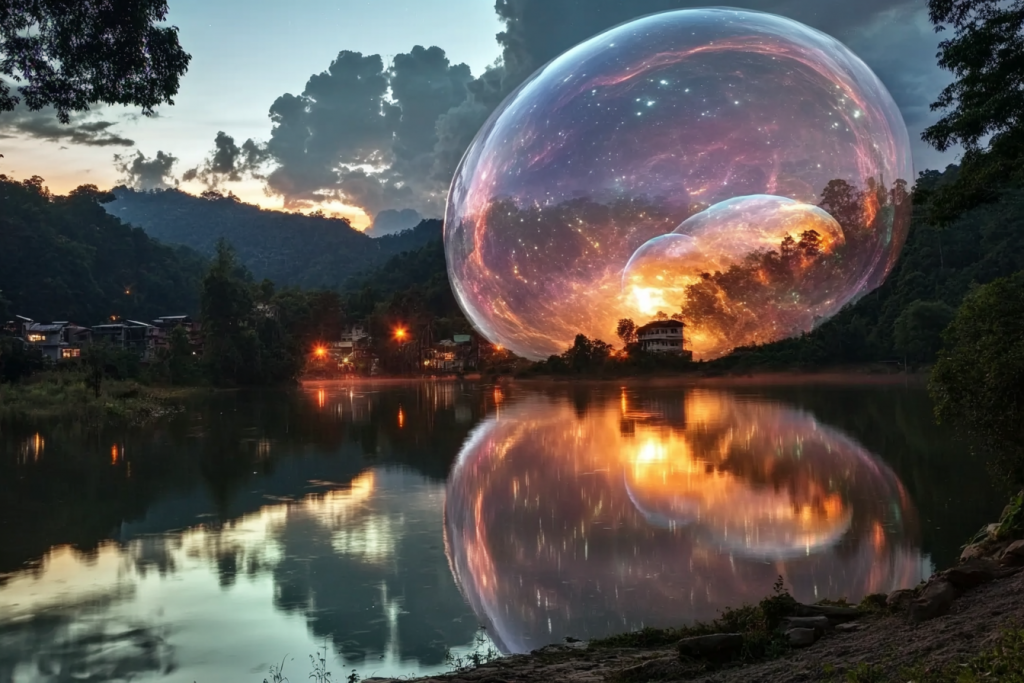
Erupting from the center of our own galaxy are two enormous bubbles of high-energy radiation, stretching tens of thousands of light-years above and below the Milky Way. Discovered by NASA’s Fermi telescope, these structures appear to be remnants of a massive cosmic event—possibly an ancient black hole eruption. Their sudden discovery and mysterious origins continue to intrigue astrophysicists.
What If the Universe Knows Something We Don’t?
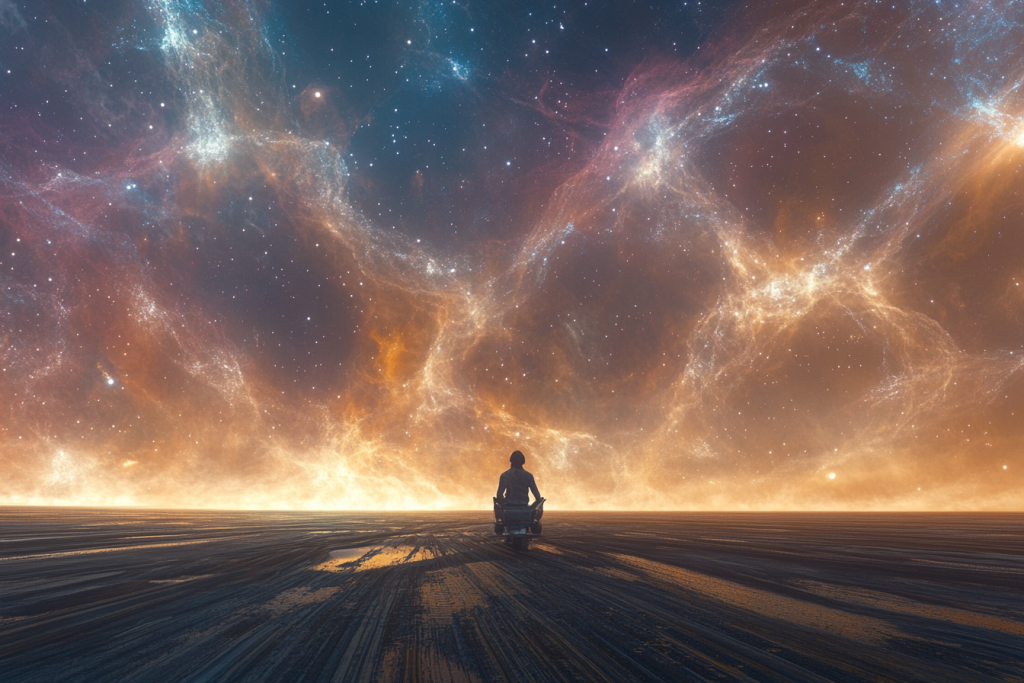
The deeper we look into the cosmos, the more it pushes back with riddles wrapped in light and shadow. These colossal, baffling structures aren’t just scientific curiosities—they’re cosmic clues that something far greater might be shaping the universe. Whether evidence of unknown physics, ancient forces, or realities beyond our own, they urge us to keep questioning. In the vast silence of space, mystery may be the only constant.

